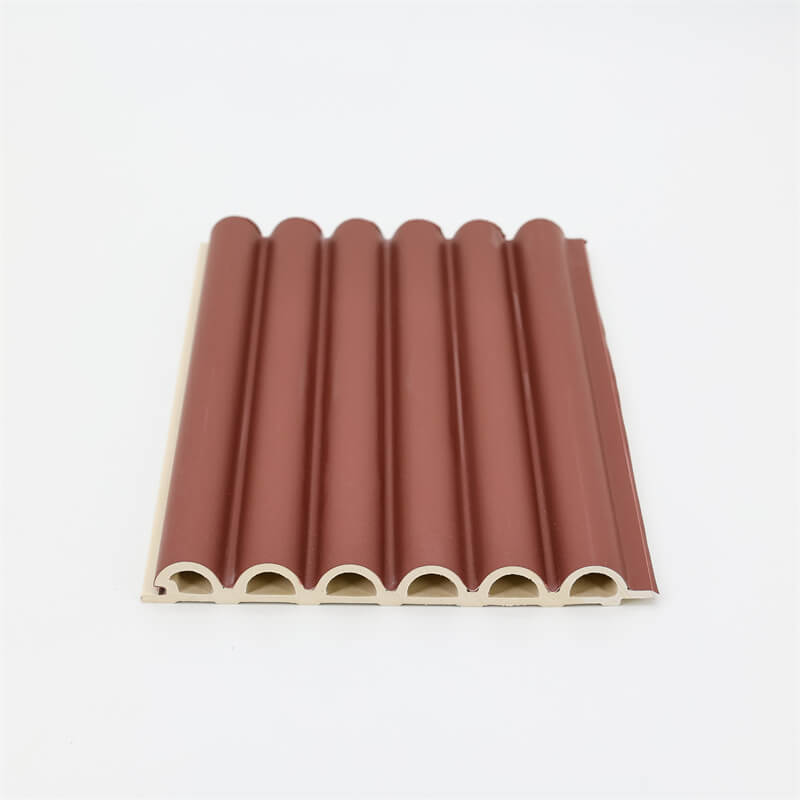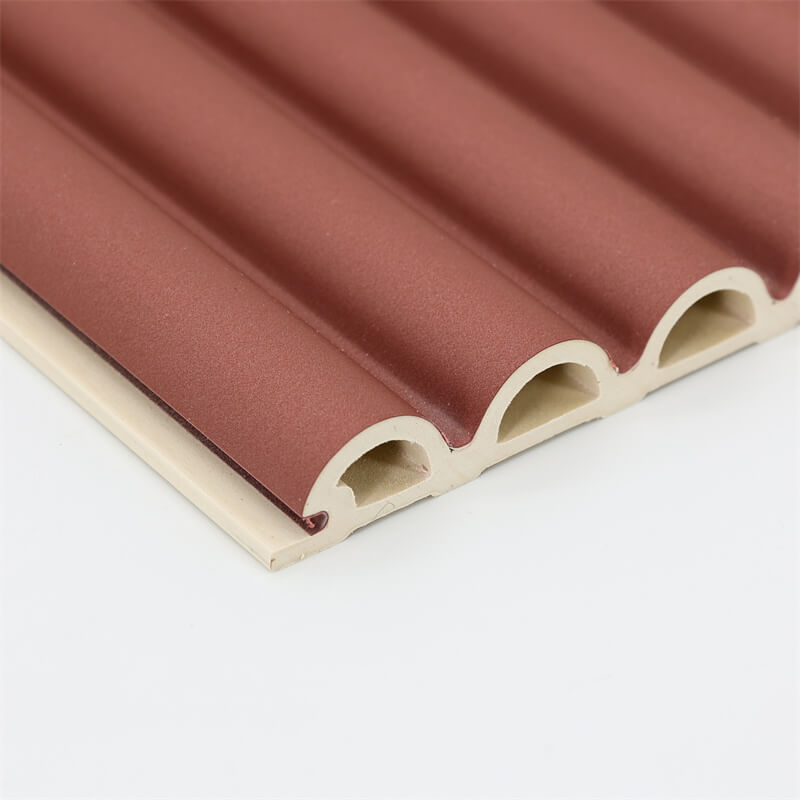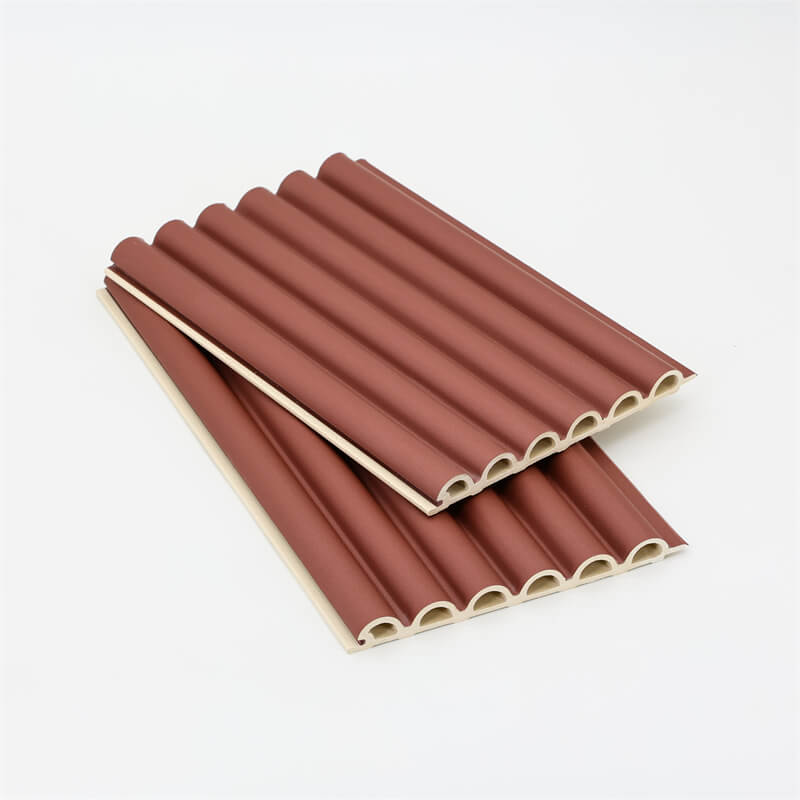
In an era where sustainability is at the forefront of our concerns, it is vital to explore innovative materials and design solutions that promote green living.
Wood-plastic wall panels have emerged as a sustainable option for housing, combining the natural beauty of wood with the durability and eco-friendliness of recycled plastic.
This essay delves into the concept of green living and examines how wood-plastic wall panels contribute to sustainable housing, focusing on their benefits and applications.
I. Understanding Wood-Plastic Wall Panels
Wood-plastic wall panels are composite materials made from a blend of wood fibers and recycled plastic.
The wood fibers provide visual appeal, warmth, and strength, while the recycled plastic component adds durability and resistance to moisture, rot, and insects.
This combination results in a versatile material that mimics the look and feel of natural wood while offering enhanced performance and longevity.
II. Sustainable Benefits of Wood-Plastic Wall Panels

Environmental Impact: Wood-plastic wall panels contribute to sustainable housing by reducing the demand for virgin materials.
The use of recycled plastic diverts waste from landfills, mitigates pollution, and conserves natural resources.
By choosing wood-plastic wall panels, homeowners actively participate in the circular economy and contribute to a greener future.
Energy Efficiency: The production process of wood-plastic wall panels consumes less energy compared to traditional materials, reducing greenhouse gas emissions.
Moreover, the panels’ insulating properties help improve the energy efficiency of buildings by reducing heat transfer, resulting in lower energy consumption for heating and cooling.
Responsible Forestry: The incorporation of wood fibers from sustainably managed forests ensures responsible forestry practices.
Choosing wood-plastic wall panels supports the preservation of natural habitats, biodiversity, and the long-term viability of forest ecosystems.
III. Health and Well-being in Sustainable Housing
Indoor Air Quality: Wood-plastic wall panels contribute to a healthy indoor environment by minimizing the use of harmful chemicals typically found in traditional building materials.
The absence of volatile organic compounds (VOCs) in these panels helps maintain excellent indoor air quality, reducing the risk of respiratory issues and allergies.
Moisture Resistance: Wood-plastic wall panels exhibit excellent resistance to moisture, preventing the growth of mold, mildew, and other harmful microorganisms.
This feature enhances the durability of the panels while creating a healthy living environment free from the negative effects of dampness and moisture-related health issues.
Acoustic Comfort: Wood-plastic wall panels possess sound-absorbing properties, reducing noise transmission and improving acoustic comfort in homes.
This feature enhances the overall quality of living spaces, contributing to a peaceful and relaxing environment.
IV. Design and Aesthetic Appeal
Versatility in Design: Wood-plastic wall panels offer a range of design options to suit various architectural styles and design preferences.
The panels come in a variety of colors, textures, and finishes, allowing homeowners to create personalized and visually appealing spaces.
Easy Installation and Maintenance: Wood-plastic wall panels are lightweight and easy to install, saving time and effort during the construction process.
Additionally, their low-maintenance nature eliminates the need for frequent repainting, staining, or sealing, further reducing the consumption of resources and ongoing maintenance costs.
Longevity and Durability: Wood-plastic wall panels are highly durable, resistant to impacts, and immune to moisture-related issues that often affect traditional materials.
Their longevity ensures that homeowners can enjoy their beauty and functionality for years to come, reducing the need for replacements and minimizing waste generation.
Wood-plastic wall panels offer an innovative and sustainable solution for green living in housing.
Their combination of natural wood aesthetics and recycled plastic durability promotes a greener future by reducing environmental impact and promoting responsible resource management. Additionally,